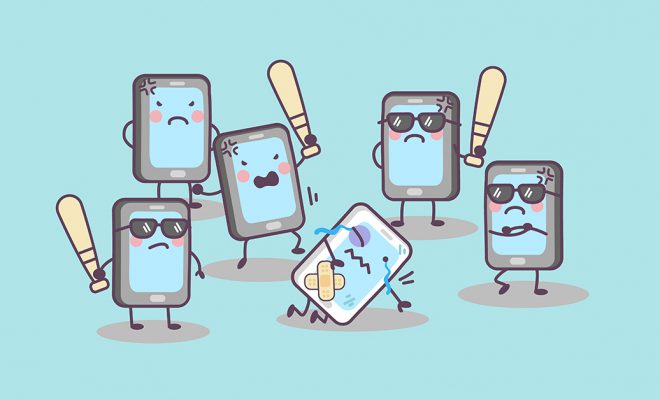Responding to Cyberbullying

What is cyberbullying?
Cyberbullying is bullying that occurs on online platforms, such as the Internet, social media or even on our phones. It is a persistent form of bullying that occurs almost invisibly, unlike physical or relation bullying that occurs in public spaces. Some examples of cyberbullying are posting pictures of someone without their permission on social media, sending taunting text messages and creating fake accounts to impersonate someone else and create a false, and often negative, impression of who they are.
Some negative impacts of cyberbullying
Even though cyberbullying happens online, students who get cyberbullied often feel even more anxious and fearful when they need to meet their cyberbullies in school. Hence, they end up missing school. They find it difficult to focus on their work which results in poor academic performance. Even worse, the effects of cyberbullying also reach us when we are at home, a place where we should feel the safest, making it extremely difficult for people who are bullied to cope with their negative emotions. To victims of cyberbullying, there is literally no escape.
If you are being cyberbullied…
The best way to deal with cyberbullying, if you are experiencing it, is to ignore the aggressor. Generally, people engage in bullying behaviour to generate a response out of others. They feed on the resultant fear and anxiety, most likely due to insecurities of their own. The best thing to do would be to simply block them. It might also be wise to keep a copy of the evidence of bullying before deleting the hurtful posts and comments. Most importantly, people who experience bullying must reach out to a trusted adult and/or friend to confide in and to share the problem. It might seem weak to share your vulnerabilities with others but it is worth emphasising that sharing your fears and anxieties and trusting someone else is one of the strongest things anyone can do. Moreover, sharing with an adult might also lead to intervention that would cause the bullies to understand why they should not engage in such behaviour.
The role of the bystander
A common misconception that if we do not bully and if we are not bullied, we are absolved of any responsibility to react in a bullying situation. As bystanders, we might not feel compelled to intervene when bullying occurs. This might be due to fear as well. What if the bullies turn on us? What if we become seen as ‘weak’ just because we speak out against bullying? When bystanders remain silent, we still send out a message. It is one that validates people who bully and one that conveys to people who get bullied that they are alone in their struggle against bullying. Inaction would further perpetuate the false notion that bullying is tolerable behaviour. In terms of cyberbullying, a comment like ‘This is hurtful and not a nice thing to say,’ would make a world of difference in modelling how simple yet firm response can shape how people behave online. On certain social media, it is also possible to report emotionally abusive content to the moderators in the various platforms.
Cyberbullying is indeed no laughing matter and should be taken seriously. Let’s all do our part to make the online (and consequently, offline) world a safer and happier place for everyone.











